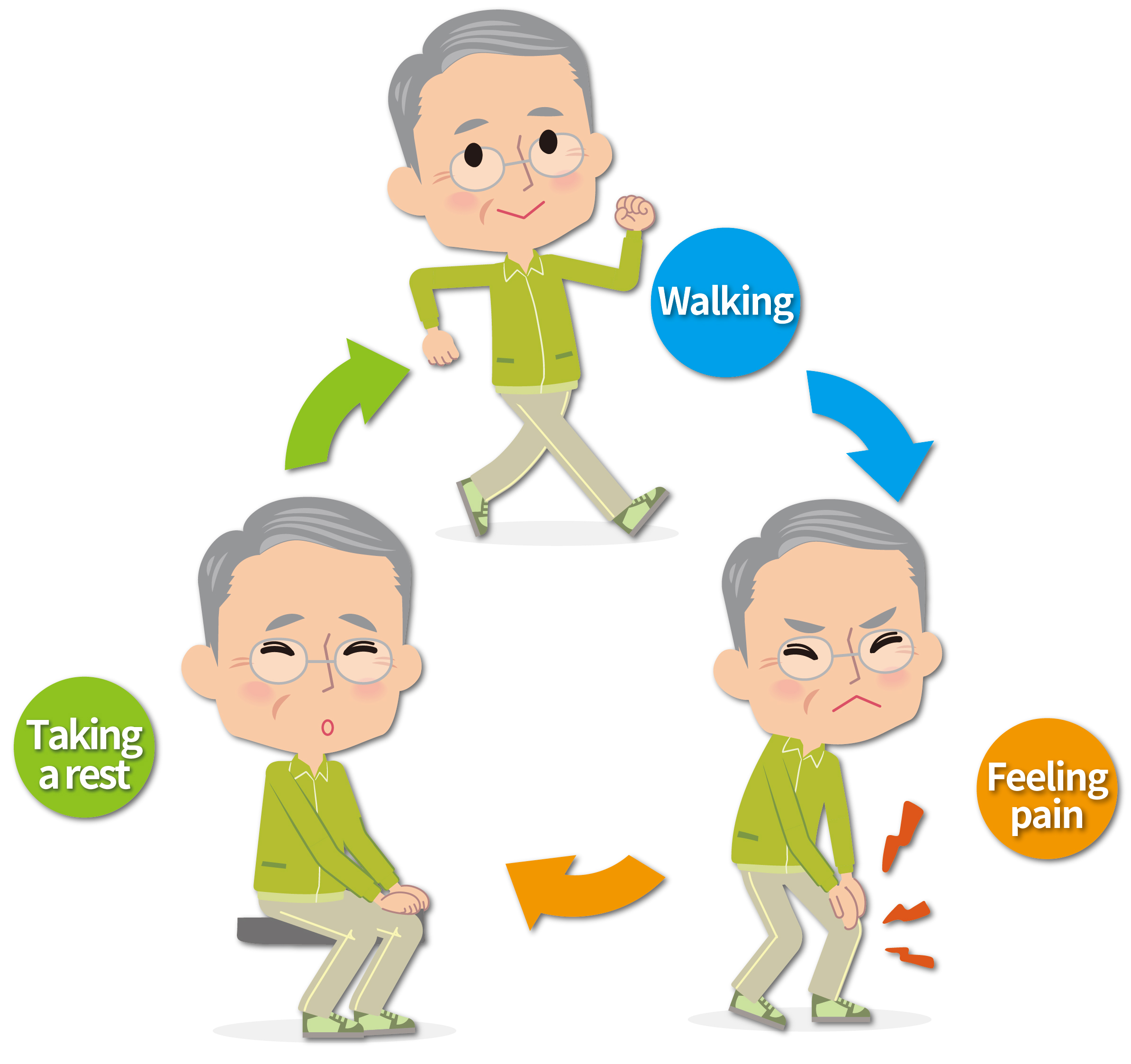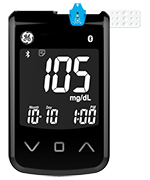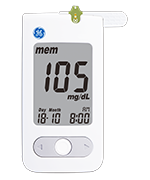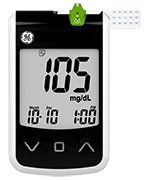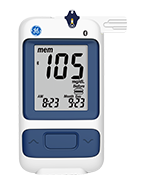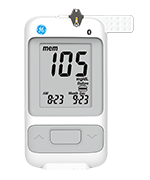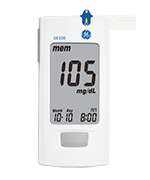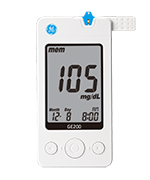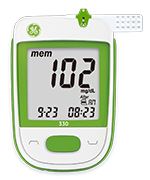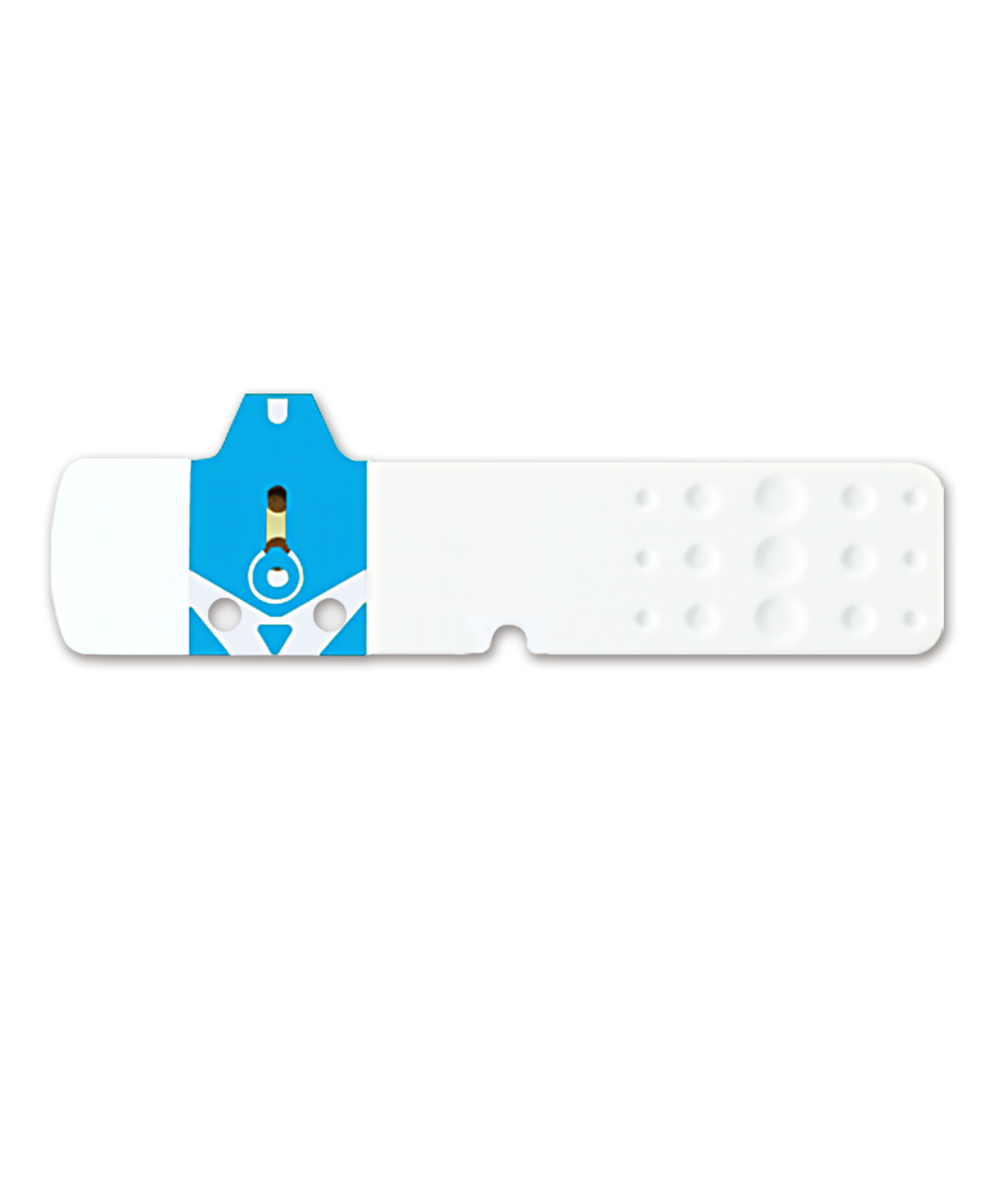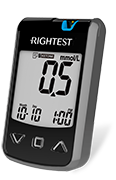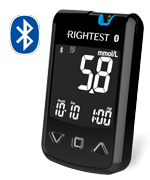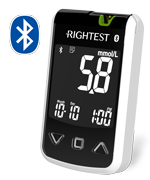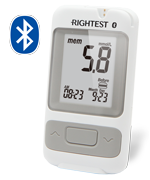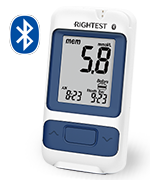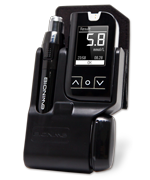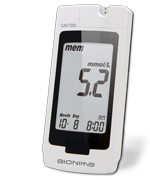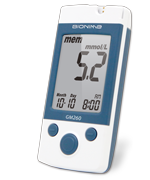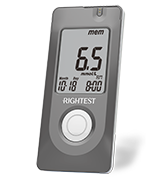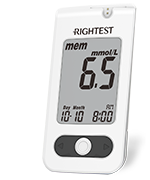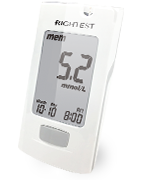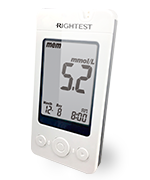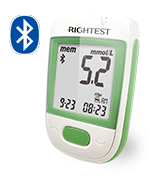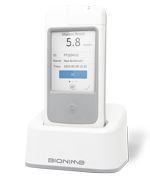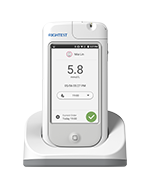What is “intermittent claudication”?
“Intermittent claudication” refers to the pain and discomfort of the lower limbs after walking a short distance, and is relieved by sitting down and resting. The pain returns with walking and the cycle repeats. Diabetic patient with peripheral arterial occlusion disease (PAOD) are prone to have intermittent claudication.
Walking causes increased blood circulation of the lower limbs, but atherosclerosis leads to poor circulation. The pain is a result of the tissues’ lack of nutrition and oxygen, and aggravates as the walking duration increases. At first, the pain may be tolerable, but would eventually require rest. Once the vessel occlusion and the circulation improves, the tissue oxygen increases and the pain subsides. The symptoms would return with more walking. This cycle is known as “intermittent claudication”.
Intermittent claudication may occur in one foot or both feet, and the symptoms worsen with time. Initially, pain only happens during exercising or walking, but as the occlusion worsens, symptoms may appear during rest. Do not let your guard down once the symptoms of intermittent claudication appear. They represent poor blood vessel conditions of the lower limbs where a small mishap can lead to ulcers or even amputation. People with diabetic must quit smoking, perform annual neural and vascular examinations of the foot, daily self inspections, actively control blood sugar, blood pressure, and blood lipids, and have cross disciplinary treatment in order to have healthy feet!
Reference: Mayo Clinic website
MedicineNet.com
